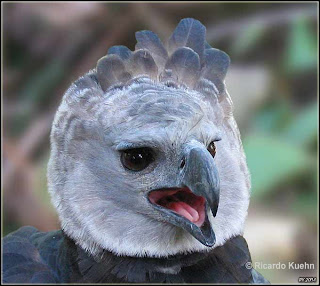Every time I had a walk along the seashore, I always watch these beautiful creatures. I observe that they are catching fish. I ask my friend and she told me that it is a “Kingfisher” a kind of a bird.
The kingfisher is a small to medium sized colorful bird generally found close to water. There are nearly 100 different species of the kingfisher bird found around the world.
Kingfishers live both in wetlands and woodlands worldwide, feeding mainly on fish but also insects, frogs, and crayfish with those kingfisher species that live in the woodlands occasionally eating reptiles, birds and even small mammals.
There are three main types of kingfisher around the globe which are the river kingfishers, the tree kingfishers and the water kingfishers all of which have large heads, long sharp pointed bills, short legs, and stubby tails.
The River Kingfishers
 |
| Photo credit: Google |
The Alcedininae, or River Kingfishers, are all small birds. They are the most ancient of the three kingfisher lineages. Some species in this group — in the genus Alcedo, like the very widespread Common Kingfisher A. atthis — do fish regularly along streams and rivers. But many of the two dozen species in this group are forest birds, although quite a few prefer the edges of small wooded rivulets.
The Tree Kingfisher
 |
Photo credit: Google
The tree kingfishers or wood kingfishers are the most numerous of the three families of birds in the kingfisher group, with between 56 and 61 species in around 12 genera, including several species of kookaburras. The family appears to have arisen in Indochina and the Maritime Southeast Asia and spread to many areas around the world. |
The tree kingfishers are short-tailed large-headed compact birds with long pointed bills. Like other Coraciform, they are brightly colored. Most are monogamous and territorial, nesting in holes in trees or termite nests. Both parents incubate the eggs and feed the chicks. Although some tree kingfishers frequent wetlands, none are specialist fish-eaters. Most species a dive onto prey from a perch, mainly taking slow moving invertebrates or small vertebrates.
The Water Kingfisher
 |
| Photo credit: Google |
The Cerylid Kingfishers are one of three distinct groups of kingfishers. Known as the Water Kingfishers, these are often the conspicuous kingfishers seen hovering over lakes, ponds, and marshes around much of the globe. They range from high to low latitudes in Eurasia, Africa, and the New World, but are missing from Australasia. Pied Kingfisher is a widespread and common species in the Old World.
The largest kingfisher in the world is Giant Kingfisher of sub-Saharan Africa. Although we often think of these types of kingfishers when we think of the family, there are only 9 species of Cerylid kingfishers and thus they comprise only 10% of the world's kingfisher, the rest of which are in other subfamilies.
Resources: creagrus.home.montereybay.com
en.wikipedia.org






































